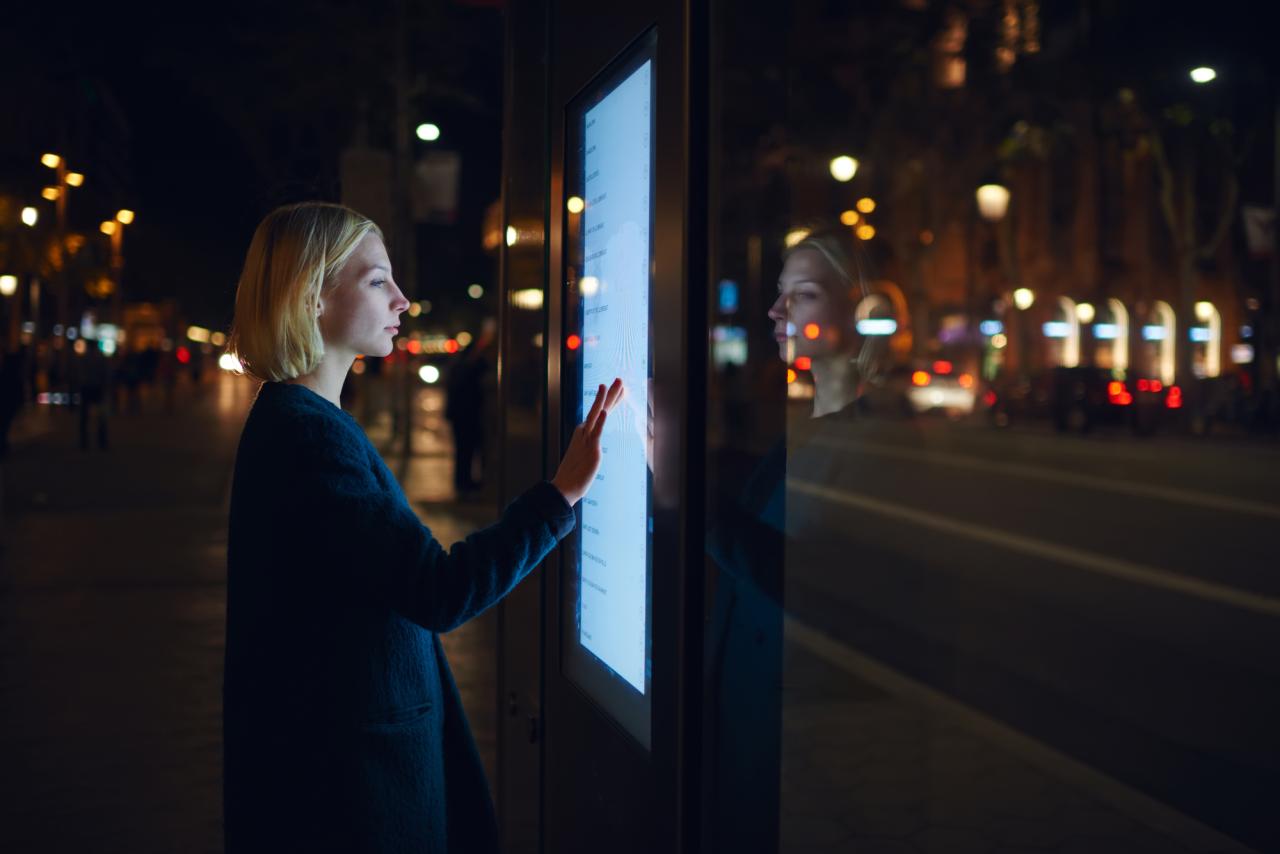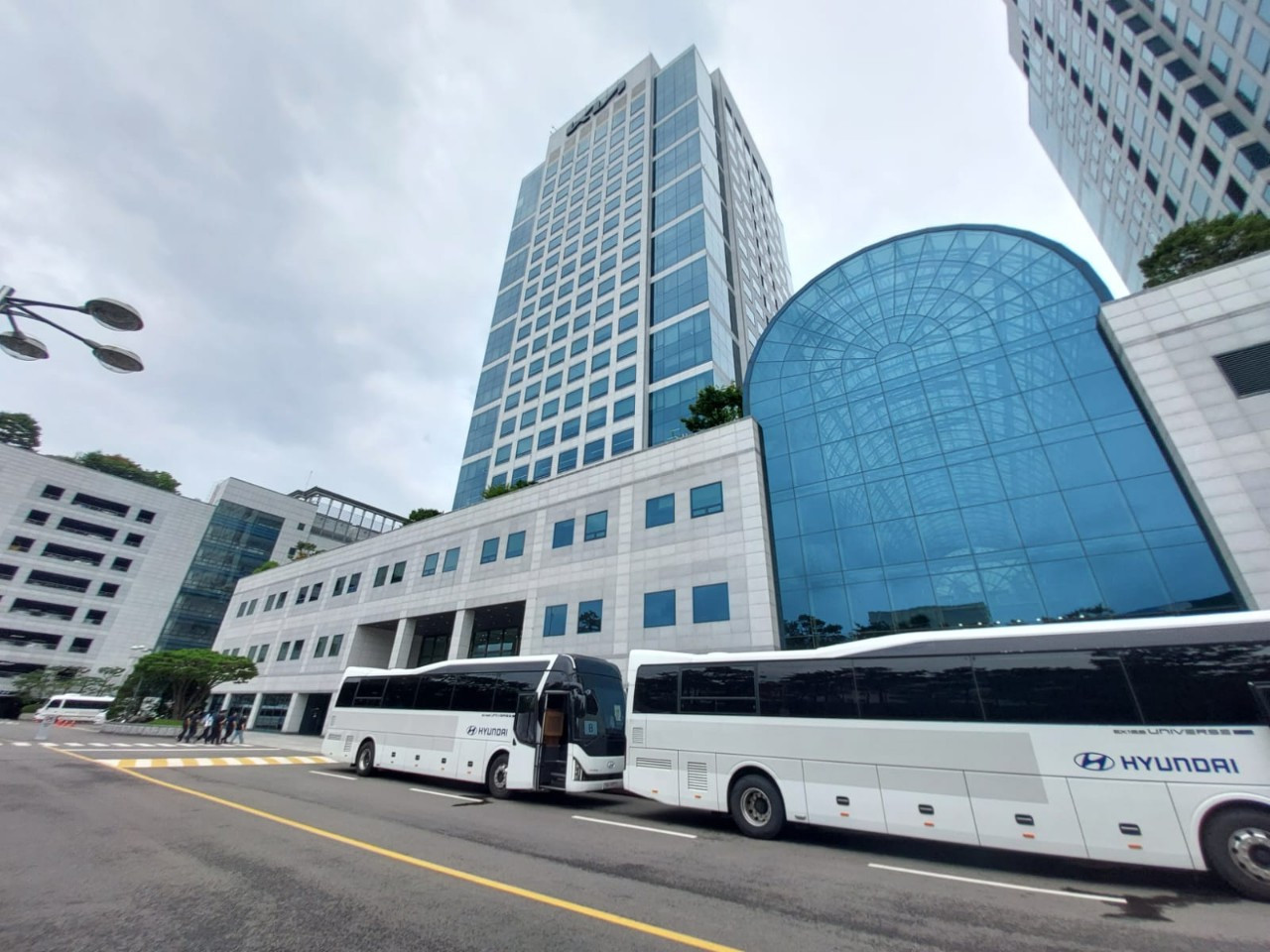Hyundai Motor Group (HMG) has unveiled a visionary concept for the future of urban living: the Human-Centered Smart City. This innovative model integrates advanced mobility solutions, sustainable energy systems, and harmonious coexistence with nature, aiming to redefine the urban experience.
A. Conceptual Framework
A.1. Human-Centric Design
At the heart of HMG’s Smart City is a commitment to human-centered design. The city is envisioned as a space that prioritizes the well-being, convenience, and connectivity of its inhabitants. This approach ensures that technological advancements serve to enhance human experiences rather than overshadow them.
A.2. Integration with Nature
The city layout draws inspiration from a honeycomb structure, featuring a hexagonal design that encapsulates green spaces at its core. Parks, forests, and reservoirs are centrally located, promoting a lifestyle that is in harmony with nature and providing residents with easy access to recreational areas.
B. Structural Composition
B.1. Surface Layer: Residential and Commercial Zones
The surface layer of the city is meticulously organized based on population density:
-
High-Density Areas: These zones house major landmarks and commercial centers, serving as hubs of activity and economic growth.
-
Medium-Density Areas: Allocated for essential services and infrastructure, ensuring accessibility and efficiency.
-
Low-Density Areas: Situated closer to the central green spaces, these zones offer tranquil residential environments with unobstructed views of nature.
B.2. Underground Layer: Functional Infrastructure
Beneath the surface lies a network dedicated to the city’s operational needs:
-
Autonomous Logistics: Goods and services are transported via underground autonomous vehicles to regional logistics hubs.
-
Robotic Delivery: From these hubs, autonomous robots handle the final delivery, ensuring efficiency and reducing surface traffic congestion.
C. Advanced Mobility Solutions
C.1. Ground Mobility
HMG is pioneering the development of Purpose Built Vehicles (PBVs) and autonomous ride-hailing services. These innovations aim to provide flexible, efficient, and eco-friendly transportation options within the city.
C.2. Air Mobility
The introduction of Advanced Air Mobility (AAM) vehicles, such as the S-A2 airframe, represents a leap forward in urban transportation. These electric vertical take-off and landing (eVTOL) vehicles are designed for intercity travel, with designated Hub 2.0 towers facilitating takeoff and landing.
D. Sustainable Energy Infrastructure
D.1. Hydrogen Power
Central to the city’s sustainability goals is the utilization of hydrogen fuel cells. Hydrogen is distributed through smart grid pipelines, providing a clean and efficient energy source for buildings and infrastructure.
D.2. Smart Grid Systems
The integration of smart grid technology allows for real-time monitoring and management of energy consumption, optimizing efficiency and reducing waste.
E. Technological Innovations
E.1. Robotics and Automation
In addition to autonomous vehicles, the city incorporates advanced robotics for various functions:
-
City Pods: Unmanned logistics vehicles equipped with automatic classification systems for efficient goods transportation.
-
Parking Robots: Compact robots capable of maneuvering vehicles in tight spaces, enhancing parking efficiency.
E.2. Modular Mobility Platforms
The Easy Swap technology allows for the customization of vehicles by interchanging modules, enabling a single vehicle to serve multiple purposes, from office spaces to recreational vehicles.
F. Community and Lifestyle Enhancements
F.1. Inclusive Design
The SPACE-Mobility system ensures accessibility for all residents, including those with mobility challenges, by providing adaptable transportation solutions.
F.2. Educational and Recreational Facilities
The city is equipped with state-of-the-art educational institutions and recreational centers, fostering a well-rounded lifestyle for its inhabitants.
G. Global Collaborations and Future Developments
HMG is actively collaborating with governments and organizations worldwide to bring the Smart City vision to fruition. Initiatives include partnerships for transport modeling projects and the establishment of innovation centers, such as the Hyundai Motor Group Innovation Center in Singapore, which serves as a testbed for future mobility solutions.















